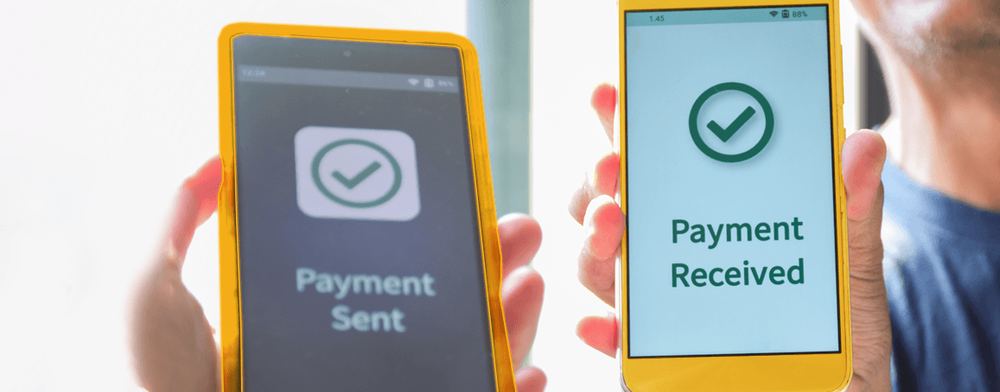
The Speed of Now: How Real-Time Payments Are Transforming Commerce
In an era defined by instant gratification, the financial sector is undergoing a monumental shift with the advent of real-time payments (RTP). This transformation is redefining the landscape of commerce, challenging the traditional payment processing timelines, and setting a new standard for speed and efficiency. This blog post delves into how real-time payments are revolutionizing commerce, backed by third-party references and external data sources, and challenges the prevailing narrative surrounding RTP.
The Revolution of Real-Time Payments
Real-time payments represent a significant leap forward from traditional payment methods, offering immediate transfer of funds between parties. According to a report by the Federal Reserve, real-time payments are not just a theoretical improvement; they are a critical evolution in meeting the current economic demands for speed and transparency in transactions.
Challenging the Status Quo
Contrary to the belief that RTP simply accelerates transactions, its impact is far more profound. A study by ACI Worldwide suggests that real-time payments are at the heart of digital transformation in commerce, enabling businesses to optimize their cash flow, reduce fraud, and improve customer satisfaction. However, this is just the tip of the iceberg.
Transforming Commerce
Enhanced Cash Flow Management: With the ability to settle transactions instantly, businesses can better manage their liquidity, as noted by Deloitte. This immediacy challenges the traditional waiting periods for payment processing, offering a more dynamic approach to managing finances.
Customer Experience Revolution: Real-time payments elevate the customer experience by providing instant gratification in transactions. This speed and efficiency are becoming non-negotiable for consumers accustomed to the immediacy of digital services.
Fraud Reduction: The instant nature of RTP allows for quicker detection and response to fraudulent activity. This challenges the narrative that faster payments might lead to increased fraud, suggesting instead that RTP can enhance security measures.
Global Adoption and Challenges
The adoption of real-time payments is gaining momentum globally, with countries like the UK, India, and China leading the way. The success of systems like the UK's Faster Payments Service and India's Unified Payments Interface (UPI) underscores the potential of RTP to transform commerce on a global scale.
However, the path to widespread RTP adoption is fraught with challenges. Regulatory hurdles, interoperability issues, and the need for significant infrastructure investment are among the barriers that need to be addressed. Furthermore, there's a critical conversation around the inclusivity of RTP systems, ensuring they serve not just the tech-savvy and financially included but also reach underserved communities.
Data Privacy and Security
As real-time payments grow, so does the concern for data privacy and security. The real-time processing of transactions necessitates robust security protocols to protect sensitive financial information. This is an area ripe for innovation, challenging the fintech sector to develop new solutions that safeguard consumer data without compromising the speed of transactions.
Real-time payments are not just transforming commerce; they're redefining expectations for how financial transactions are conducted. By offering speed, efficiency, and enhanced security, RTP is setting a new benchmark in the financial sector. However, for this potential to be fully realized, the challenges of adoption, regulation, and security must be addressed head-on. As we move forward, it's clear that real-time payments will play a pivotal role in the future of commerce, challenging existing narratives and paving the way for a more dynamic and inclusive financial ecosystem.



